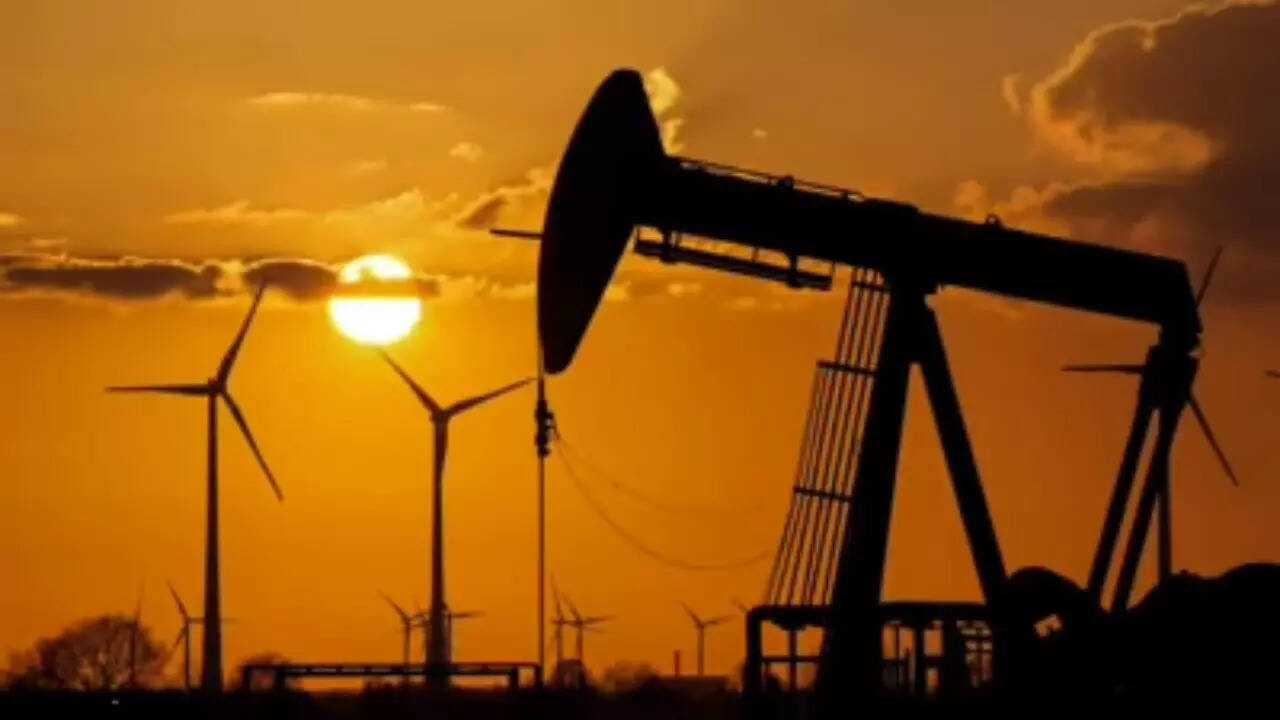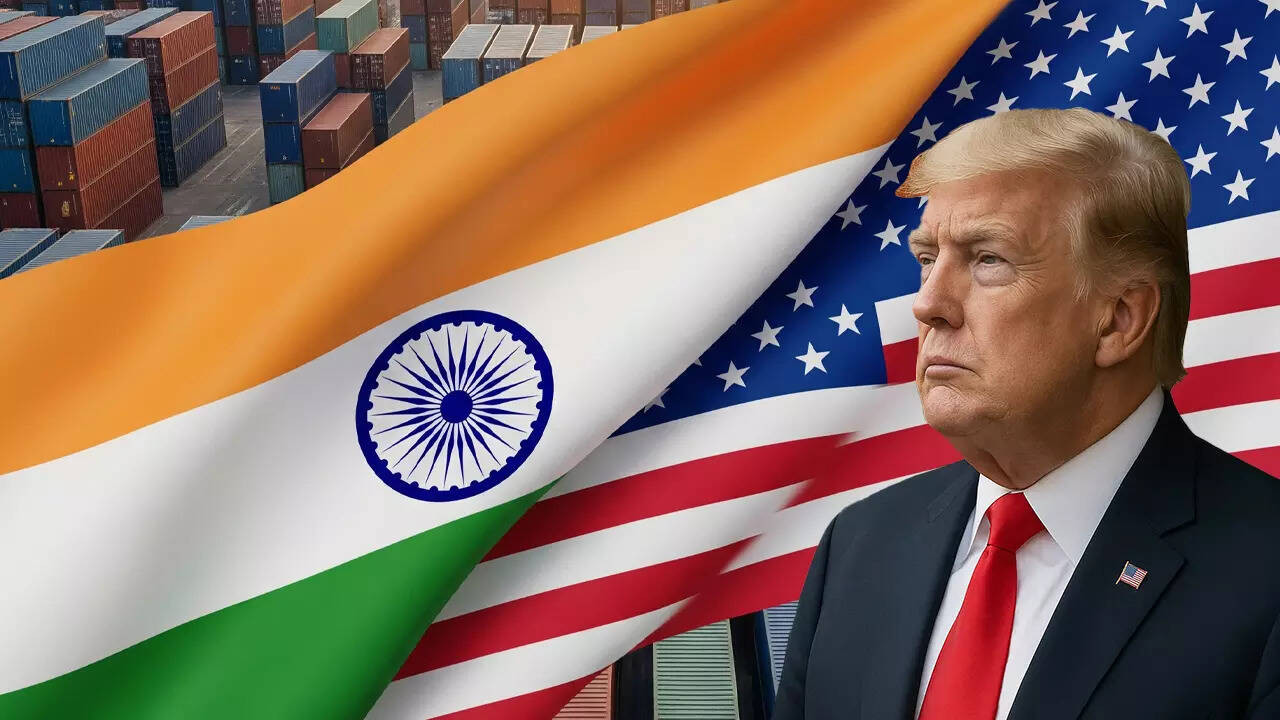India’s top oil suppliers, including Saudi Arabia, Russia, Iraq, and the UAE, have boosted production, directing most of the additional output to India, raising their collective market share to 78%. This surge, exceeding OPEC+’s planned increase, has led to competitive pricing, particularly from Saudi Arabia, impacting global crude prices and intensifying competition for India’s growing market.
The Oil Landscape is Shifting: How OPEC Powerhouses Are Tightening Their Grip on India
Okay, let’s talk oil. It’s not exactly the sexiest topic, but trust me, what’s happening in the global energy market, particularly in India, is fascinating and has ripple effects that touch all of us. Forget dry statistics; this is about power dynamics, strategic maneuvering, and the ever-present quest for energy dominance.
The headline? OPEC, particularly its heavyweight players, are making serious inroads into the Indian oil market. And it’s not just a trickle; we’re talking about a significant surge, pushing their collective market share towards a hefty 78%. That’s a number that deserves our attention.
Now, you might be thinking, “So what? One country gets its oil from another. Business as usual, right?” Well, not quite. India is one of the world’s fastest-growing economies, and its appetite for energy is insatiable. Securing a reliable and, crucially, affordable supply of oil is paramount to its continued growth. This rising reliance on OPEC presents both opportunities and potential vulnerabilities.
Think of it like this: Imagine you’re running a restaurant and you source all your ingredients from one supplier. They offer great prices and consistent quality, fantastic! But what happens if they suddenly hike their prices, experience supply chain issues, or even worse, decide to prioritize other customers? Suddenly, your restaurant is in trouble. India, in a way, is facing a similar scenario, albeit on a much grander scale.
The article highlighted that OPEC supplied approximately 375,000 barrels of oil per day to India in May. That’s a massive amount of liquid gold fueling industries, powering vehicles, and keeping the lights on. But the real story lies in the increase in this supply. Key OPEC members, seemingly recognizing India’s growing dependence, have been strategically boosting their exports.
Who are these oil giants flexing their muscles? Saudi Arabia and Iraq are leading the charge. Their state-owned oil companies are actively courting Indian refiners, offering competitive pricing and favorable terms. This proactive approach is clearly paying off, allowing them to solidify their position as India’s preferred oil partners.
This begs the question: Why is this happening? Several factors are at play. Firstly, OPEC countries have significant spare capacity, allowing them to ramp up production quickly and efficiently. Secondly, they’re undoubtedly keen to maintain their market share in the face of rising competition from other oil producers, particularly those in the Americas. And let’s not forget the geopolitical element. Oil is, after all, a powerful tool.
Now, the million-dollar question: What does this mean for India? On the one hand, a reliable supply of oil at competitive prices is undoubtedly beneficial. It helps keep inflation in check, supports economic growth, and provides stability to the energy sector. However, over-reliance on a single source can be risky.
Diversification is key. India needs to explore alternative energy sources, invest in renewable energy technologies, and actively cultivate relationships with other oil-producing nations. It’s about spreading the risk and ensuring that the country isn’t held hostage to the whims of a few powerful players.
Furthermore, India needs to focus on improving its energy efficiency. Reducing consumption through technological advancements, promoting public transportation, and encouraging conservation efforts can significantly lessen the dependence on imported oil. It’s about becoming more self-sufficient and less vulnerable to external pressures.
What’s particularly interesting is how India will balance its growing energy needs with its commitment to climate goals. Increased reliance on OPEC oil, even if competitively priced, can make it more challenging to meet those goals. Finding that sweet spot between energy security and environmental responsibility will be crucial in the years to come.
Looking ahead, the battle for control of the Indian oil market is far from over. Other countries, including Russia and the United States, are also vying for a piece of the pie. The dynamics are constantly shifting, and the game is evolving.
Ultimately, India’s energy future hinges on its ability to navigate this complex landscape, make strategic decisions, and prioritize both its economic growth and its long-term sustainability. The stakes are high, and the choices made today will have a profound impact on the country’s future. And for us, as global citizens, understanding these shifts in energy power dynamics is critical to understanding the future of our world.
📬 Stay informed — follow us for more insightful updates!







